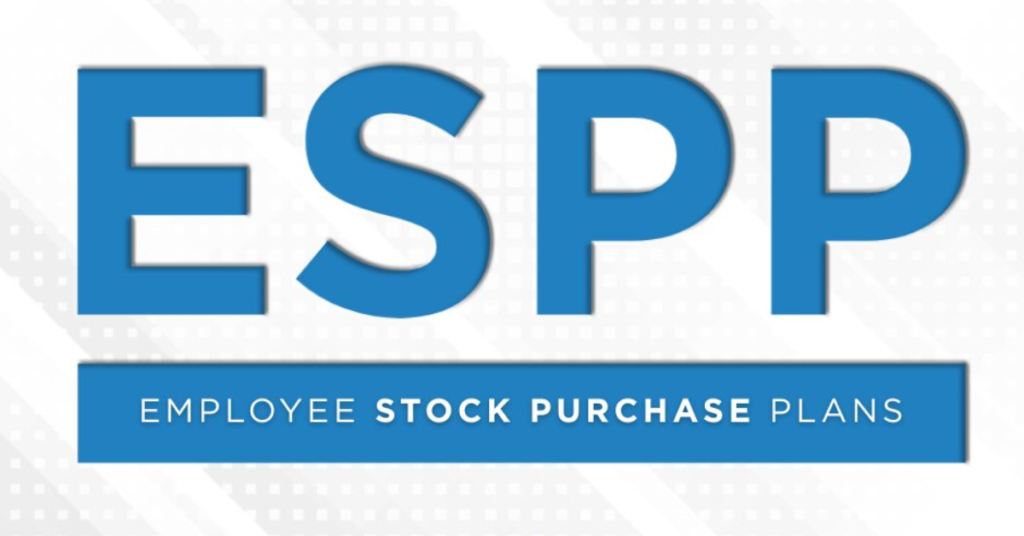When evaluating a job offer or assessing your current compensation, it’s easy to fixate on the base salary number. However, many workers overlook valuable benefits that can significantly boost their total compensation package. These hidden gems can add thousands of dollars to your annual earnings and provide crucial financial security. Understanding and maximizing these benefits can transform your overall financial picture.
Health Savings Account (HSA) Contributions

One of the most underutilized benefits in the cooperate workplace is employer HSA contributions. If your company offers a High Deductible Health Plan (HDHP) paired with an HSA, they may contribute anywhere from $500 to $1,500 annually to your account. This is essentially free money that many employees ignore because they’re hesitant about high-deductible plans.
HSAs offer a triple tax advantage: contributions are tax-deductible, growth is tax-free, and withdrawals for qualified medical expenses are tax-free. After age 65, you can withdraw funds for any purpose without penalty, making HSAs function like an additional retirement account. The 2024 contribution limit is $4,150 for individuals and $8,300 for families, and employer contributions count toward these limits.
Flexible Spending Account (FSA) Opportunities

While FSAs operate on a “use it or lose it” basis, they provide immediate tax savings that many employees underestimate. You can contribute up to $3,200 annually with pre-tax dollars for medical expenses, and up to $5,000 for dependent care.
The key is strategic planning. Common eligible expenses include prescription glasses, contact lenses, sunscreen, first aid supplies, and even some over-the-counter medications. For families with young children, the dependent care FSA can cover daycare, summer camps, and after-school programs, providing substantial tax savings for working parents.
Professional Development and Tuition Reimbursement

Many employers offer education assistance programs that employees rarely maximize. Companies can provide up to $5,250 annually in tax-free educational assistance, covering tuition, books, and fees for courses that may or may not be job-related.
Beyond formal tuition reimbursement, look for professional development budgets, conference attendance allowances, and certification reimbursements. These benefits not only save you money but also enhance your career prospects and earning potential. Some companies even offer sabbatical programs or time off for pursuing advanced degrees.
Life and Disability Insurance Perks

Employer-provided life insurance, typically offered at one to two times your annual salary, represents significant value that’s easy to overlook. Purchasing equivalent coverage independently would cost considerably more, especially as you age or if you have health issues.
Similarly, short-term and long-term disability insurance provided by employers is typically much cheaper than individual policies. Long-term disability insurance can replace 50-70% of your income if you become unable to work, providing crucial financial protection that many Americans lack.
Employee Stock Purchase Plans (ESPP)

If your company is publicly traded, an Employee Stock Purchase Plan can be a goldmine. These plans typically allow you to purchase company stock at a 10-15% discount, often with lookback provisions that let you buy at the lower of the stock price at the beginning or end of the purchase period.
Even if you immediately sell the shares after purchase, you’re guaranteed the discount as profit. For a $100,000 salary with 15% ESPP participation at a 15% discount, you could earn an additional $2,250 annually with minimal risk, assuming immediate sale of shares.
Commuter and Transportation Benefits

The IRS allows employers to provide up to $315 monthly in tax-free transit benefits and up to $315 for parking. In high-cost metropolitan areas like New York, San Francisco, or Washington D.C., this benefit can save employees thousands of dollars annually.
These benefits cover public transportation, vanpools, qualified parking, and even some bicycle commuting expenses. With many companies now offering flexible work arrangements, some are converting unused commuter benefits into other perks or allowing employees to use them for home office equipment.
Wellness Programs and Gym Memberships

Corporate wellness programs often include gym membership reimbursements, on-site fitness facilities, wellness coaching, and health screenings. Some employers offer premium discounts on health insurance for participating in wellness activities or achieving health metrics.
Beyond physical fitness, many companies now include mental health benefits, stress management programs, and Employee Assistance Programs (EAPs) that provide free counselling sessions, legal consultation, and financial planning services. These services, if purchased independently, could cost hundreds or thousands of dollars annually.
Technology and Equipment Allowances

Many employers provide technology stipends for home office equipment, internet reimbursement, or cell phone allowances. With remote work becoming more common, companies increasingly offer ergonomic equipment, standing desks, and even home office furniture allowances.
Some organizations provide annual technology refresh programs, allowing employees to upgrade laptops, tablets, or other devices. IT support and software licensing that companies provide can also represent significant value, especially for expensive professional software suites.
Conclusion

Your salary package extends far beyond your base pay, and these hidden benefits can add 20-30% or more to your total compensation value. Take time to thoroughly review your employee handbook, attend benefits orientations, and calculate the true worth of your complete package. During job negotiations, don’t just focus on salary – consider the total value proposition. By maximizing these often-overlooked benefits, you can significantly improve your financial well-being while building long-term wealth and security. Remember to reassess your benefit utilization annually during open enrollment periods to ensure you’re capturing maximum value from your compensation package.
